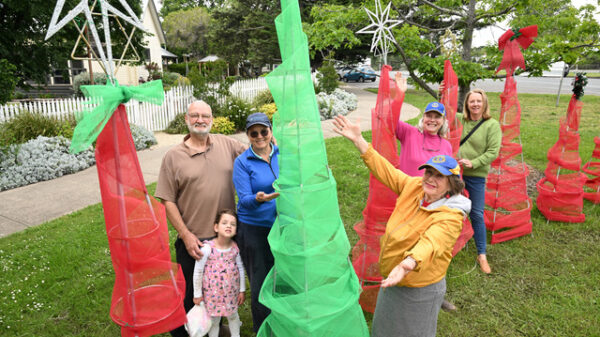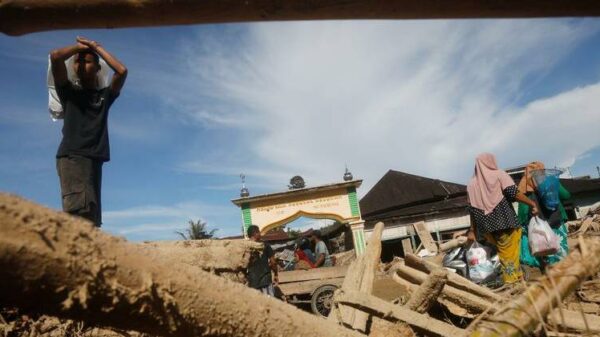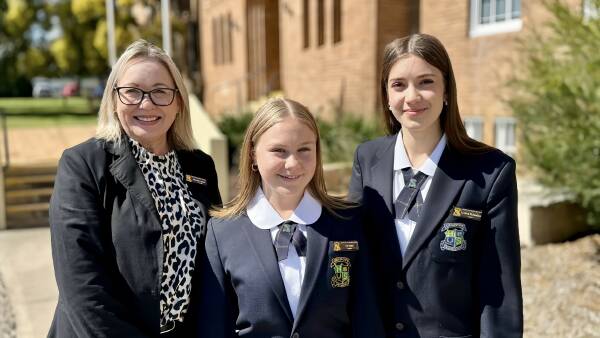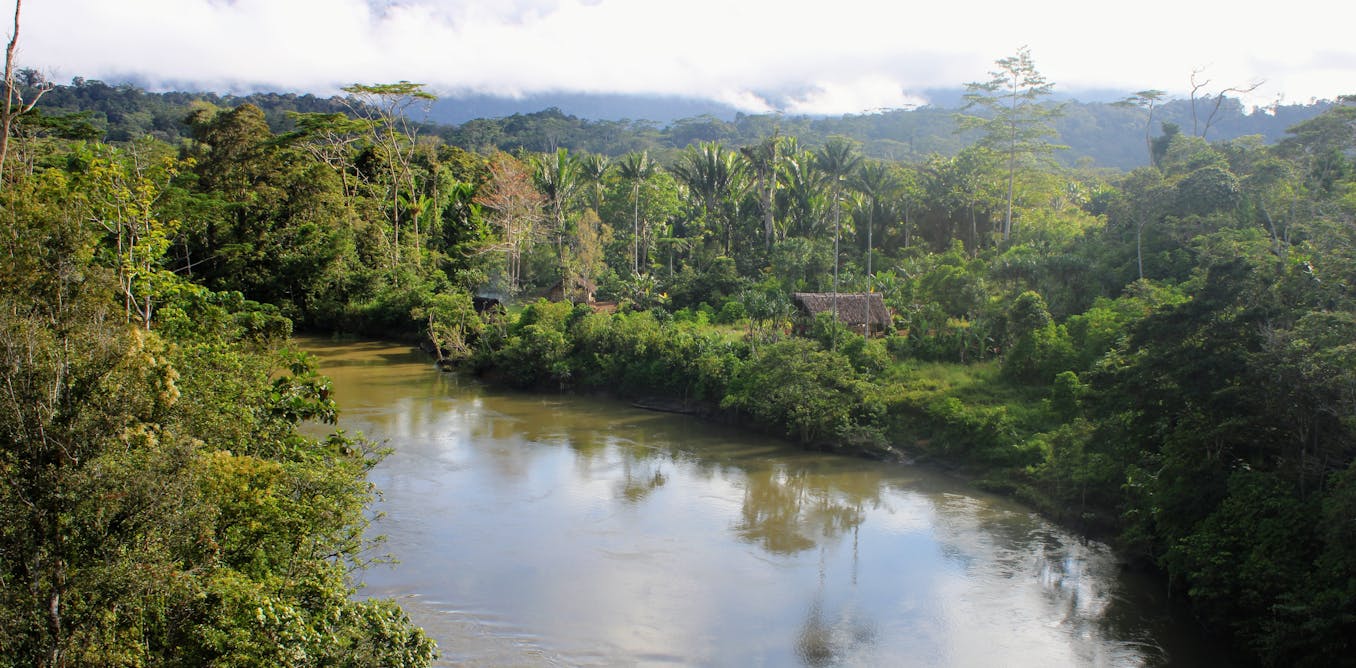New archaeological research from Walufeni Cave in Papua New Guinea has unveiled significant evidence of extensive trade networks among Oceania’s Indigenous peoples, dating back as far as 3,200 years ago. The study, published in the journal Australian Archaeology, marks the first archaeological inquiry conducted on the Great Papuan Plateau, challenging the long-held Eurocentric perspective that characterized early Indigenous societies in the region as static.
The findings highlight what Ian J. McNiven, Professor of Indigenous Archaeology, refers to as the Coral Sea Cultural Interaction Sphere. This dynamic network facilitated trade, idea exchanges, and movement across a vast area that spans New Guinea, the Torres Strait, and northeastern Australia.
Evidence of Long-Distance Interaction
The Great Papuan Plateau project aimed to explore whether this plateau served as an eastern route for early human migration into northeastern Australia during the time when New Guinea and Australia were part of the ancient continent of Sahul, which separated approximately 8,000 years ago due to rising sea levels after the last glacial period. Research conducted at Walufeni Cave, located near Mount Bosavi in New Guinea’s southern highlands, revealed occupation evidence exceeding 10,000 years. Among the discoveries was a unique style of petroglyph rock art that remains undated.
Analysis of cave deposits indicated significant changes in usage starting just over 3,000 years ago. These alterations included variations in occupation frequency and shifts in the use of plants and animals. Notably, evidence of marine shell transport, dated to 3,200 years ago, was found to have originated from the southern coast of the Gulf of Papua and as far away as the Torres Strait, suggesting that trade networks extended much further inland than previously recognized.
The Role of Marine Shells in Trade
Archaeologists have extensively documented the role of culturally modified marine shells as vital trade items in New Guinea. These shells served various purposes, including markers of status, currency, and tools, and facilitated long-distance social connections among groups. Despite the availability of diverse shellfish along the coast, only a select few species are commonly utilized. The findings at Walufeni Cave predominantly included dog whelks (Nassaridae), olive shells, and cowrie shells, all of which had been modified for specific uses, such as stitching onto garments or crafting trade items.
The ongoing relevance of these shells in contemporary plateau societies emphasizes their enduring cultural significance. Today, they are still incorporated into ceremonial costumes and offered as trade items or bridal dowries.
Further supporting evidence of extensive maritime interaction comes from the discovery of Lapita pottery at sites such as Caution Bay and Hopo on New Guinea’s southern coast, dated to 2,900 and 2,600 years ago, respectively. This pottery, characteristic of Austronesian long-distance voyagers from modern-day Taiwan and the Philippines, first appeared in New Guinea around 3,300 years ago, influencing local pottery production.
Additionally, Aboriginal pottery discovered at Jiigurru (Lizard Island) off the Cape York Peninsula, dated to 2,950 years ago, reflects the technology associated with Lapita pottery, although it does not share the same stylistic features. Similar pottery has also been found on the eastern Murray Islands of the Torres Strait, indicating a widespread exchange of knowledge and materials across the region.
The cultural hero Sido/Souw, present in oral traditions of the Great Papuan Plateau, also appears in narratives from the Torres Strait and southern New Guinea. This connection underscores the sociocultural links that have persisted over millennia.
This research contributes to the ongoing reevaluation of Indigenous societies in the region, challenging previous characterizations of these cultures as unchanging and isolated. The discoveries at Walufeni Cave not only illuminate the complexity of Indigenous interactions and trade networks but also enrich our understanding of the rich cultural landscape of Oceania.































































